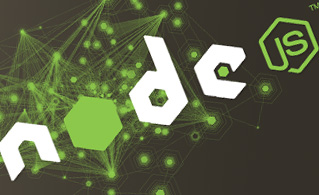Hepsia Advanced Features
The Advanced tab provides you with quick access to a set of advanced tools, among them the Memcached memory object caching system and the Varnish Cache web application accelerator, which will help you optimize your websites and applications without the need to log out of the web hosting Control Panel. Based on the hosting plan, these features are either included by default or are available in the form of easily gettable upgrades. InnoDB and NodeJS support is available as well.

Varnish
Varnish Cache is a web accelerator also famous as an HTTP accelerator. You can install it in front of any server that speaks the HTTP protocol and configure it to cache the contents. Varnish Cache is very, very fast and will boost the loading speed of your site. One of the important advantages of Varnish Cache is the flexibility of its principal configuration mechanism, VCL, which permits you to choose how incoming requests should be dealt with.

Memcached
Memcached is a general-purpose memory object caching system for boosting the loading speed of dynamic database-driven sites. It is used to reduce the number of times an external data source (such as a DB or API) is read by caching data and objects in RAM. The Memcached distributed memory caching system uses a client'server architecture. The Memcached distributed memory caching system is employed by some of the most traffic-heavy sites on the Internet and is supported by famous Content Management Systems like Joomla and WordPress.

Node.js
Node.js is a software system for building highly scalable Internet apps. Built on Chrome's JavaScript runtime, Node.js uses an event-driven, asynchronous input/output model that makes it lightweight and effective, excellent for real-time data-heavy network applications. Node.js uses Google's V8 JavaScript engine, libUV, and a number of built-in libraries.
InnoDB
InnoDB is the default database engine for the MySQL open-source DBMS. A database engine is the main software component that a database management system uses to create, read, modify and delete data from a database. Its latest edition offers serious improvements in performance, dependability and functionality. InnoDB offers the standard ACID database transaction attributes, along with foreign key support. InnoDB is included as standard in most binaries distributed by MySQL AB.